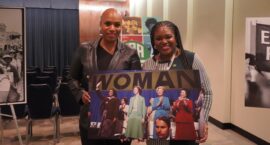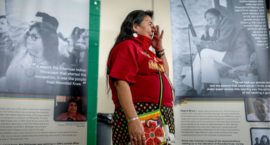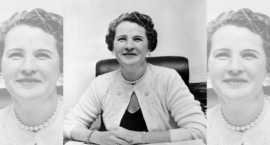One hundred and ninety-one years after the first Supreme Court was convened, Sandra Day O’Connor smashed the glass ceiling and was sworn in as the first woman to become an associate justice and one of the most influential members in the history of the Court.
For 12 years, she was the only women on the bench and the most powerful woman in the United States. At the time, the entire institution was designed for and by men—from the signs on the walls harking to “Mr. Justice,” to the lack of bathrooms and other facilities closed off to women (though she later inaugurated and regularly attended an aerobics class for women law clerks).












